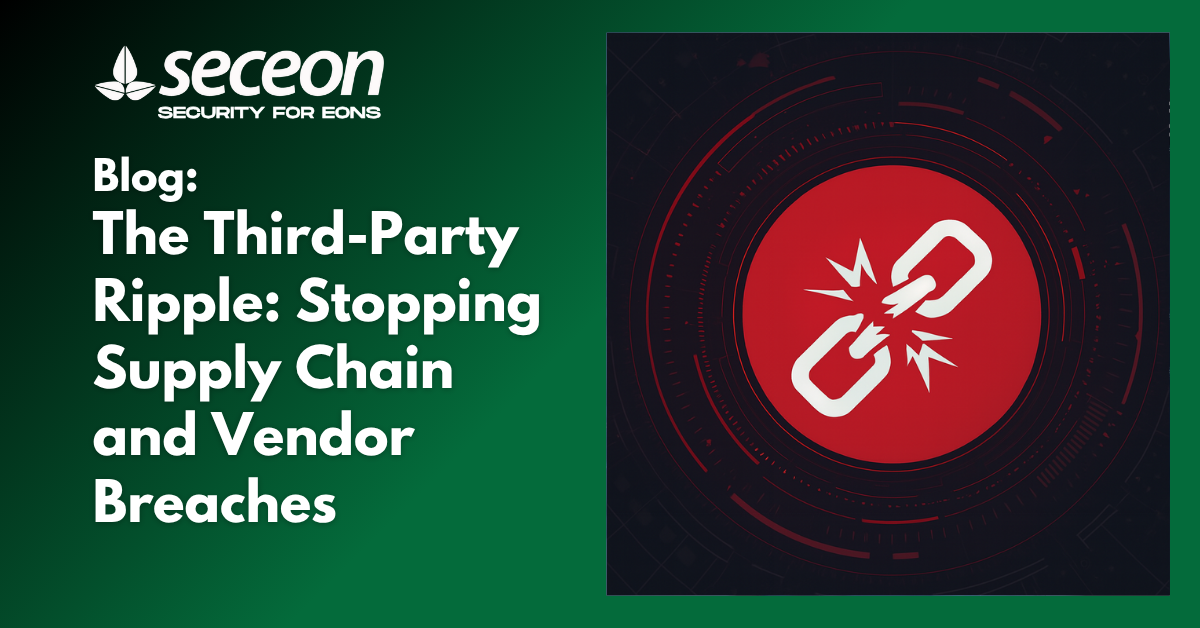
The old cybersecurity mantra, “trust but verify,” no longer applies. In today’s hyperconnected world of digital ecosystems, the new rule is clear: “never trust, always verify.”
Recent data breaches tied to third-party platforms, including incidents connected to the Salesforce ecosystem that exposed customer information from organizations such as Harrods, show just how vulnerable supply chains have become. These attacks didn’t breach the victims’ core corporate networks directly. Instead, threat actors infiltrated third-party tools used for customer relationship management (CRM) and marketing, exploiting human error and weak vendor controls.
Cybercriminal groups like ShinyHunters have discovered a simple truth: targeting one vendor can open the door to the data of dozens of major enterprises.
The result is a ripple effect: one compromised vendor becomes the entry point for a cascade of breaches, each one amplifying the damage.
You can’t manually audit your vendors around the clock, but you can continuously monitor how their systems interact with yours. Seceon’s AI-driven platform provides that visibility, detecting and responding to abnormal behavior in real time.
Here’s how it works:
Seceon’s platform uses AI to analyze data flows across cloud-to-cloud connections and third-party APIs. It detects when a vendor system starts behaving abnormally such as:
The moment an attacker takes over a vendor’s environment, their intent changes from legitimate service delivery to data theft. Our AI continuously tracks the volume, velocity, and variety of interactions to catch these behavioral shifts early, before data exfiltration occurs.
If suspicious behavior is detected, the system can automatically isolate the connection, revoke compromised API keys, or suspend data flows, stopping the attack before it spreads further.
Third-party risk is now a permanent part of doing business in the digital era. The lesson from the Salesforce and Harrods incidents is clear: your security perimeter extends far beyond your organization.
Static vendor assessments and annual audits aren’t enough. To stay ahead, organizations must embrace continuous, AI-driven monitoring that can detect anomalies in real time and respond automatically.
By making the digital supply chain visible and actionable, you turn what was once an uncontrollable ripple into an early warning system, keeping your organization safe, compliant, and resilient against the next wave of supply chain attacks.
